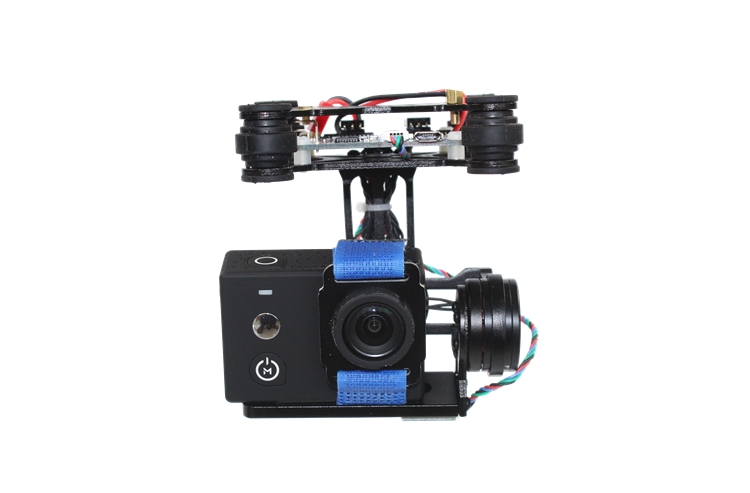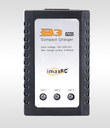A 2-axis gimbal is a stabilization device commonly used in photography and videography to maintain the camera's orientation steady along two axes: typically pitch (up and down) and roll (side to side). It helps reduce vibrations and unwanted movements, allowing for smooth and stable footage.
Key Features:
Key Features:
- Stabilization: Corrects pitch and roll movements to keep the camera steady.
- Compatibility: Designed to support various camera types and sizes.
- Lightweight: Typically made from lightweight materials to minimize added weight.
- Adjustability: Allows manual adjustments for optimal camera positioning.
- Motorized Control: Some models feature motorized controls for automated adjustments.
- Mounting Options: Compatible with different mounting systems, such as drones, handheld stabilizers, or tripod mounts.
- Axes: 2-axis (pitch and roll)
- Compatibility: Supports cameras of varying weights and sizes.
- Material: Usually made of lightweight aluminum alloy or carbon fiber.
- Power Supply: May require a separate power source for motorized models.
- Control Interface: Typically operated via a joystick or remote control.
- Dimensions: Varies based on the model and intended application.
- Photography: Enables smooth and stable footage for professional photography.
- Videography: Essential for capturing smooth video footage without shakes or vibrations.
- Drone Integration: Used in drones for stabilized aerial photography and videography.
- Action Sports: Ideal for recording action sports footage with minimal camera movement.



